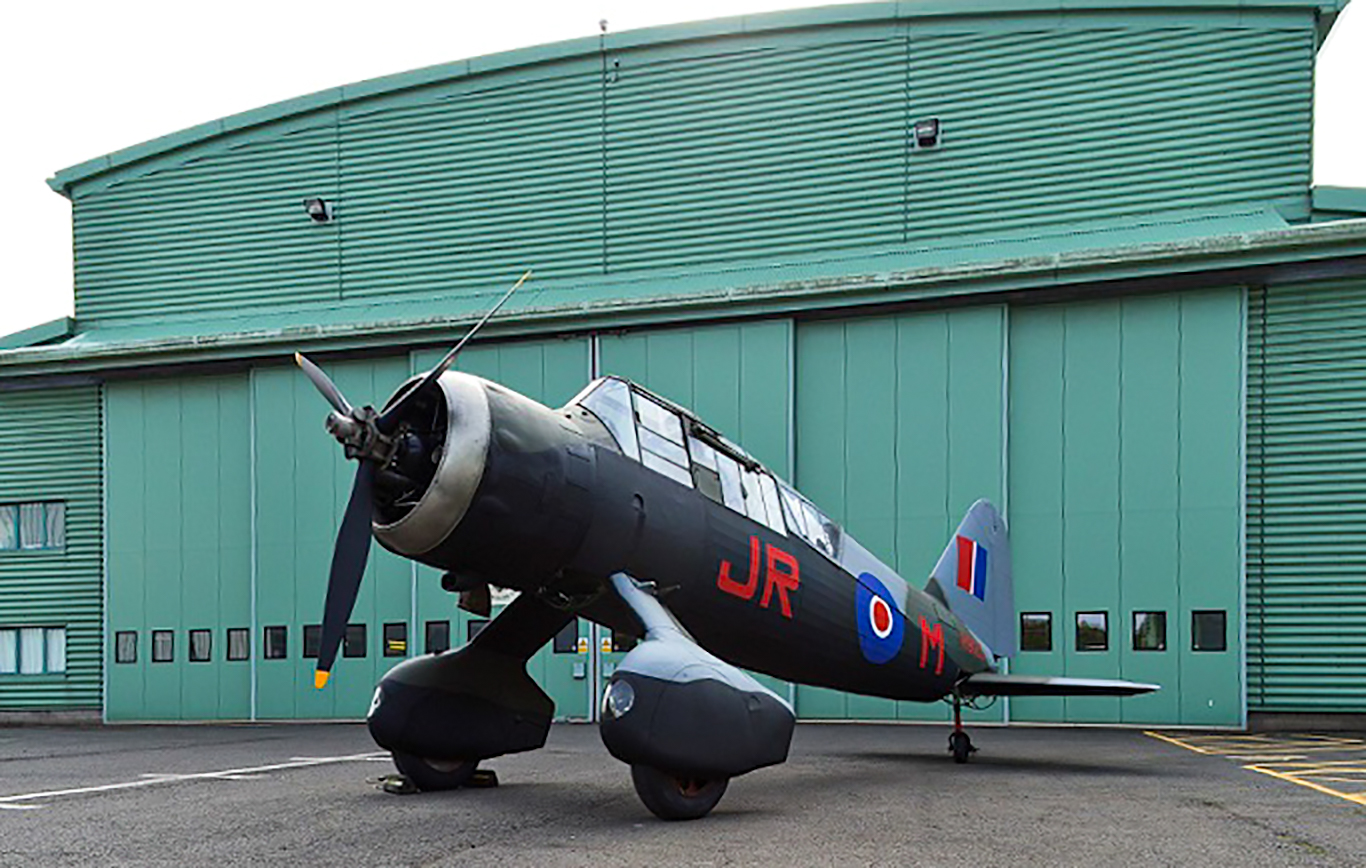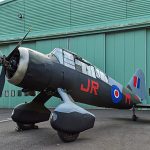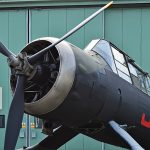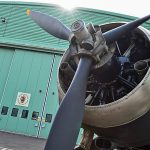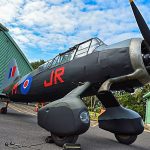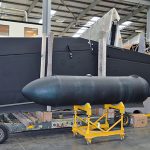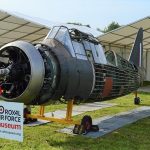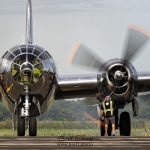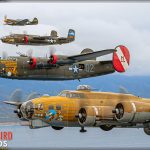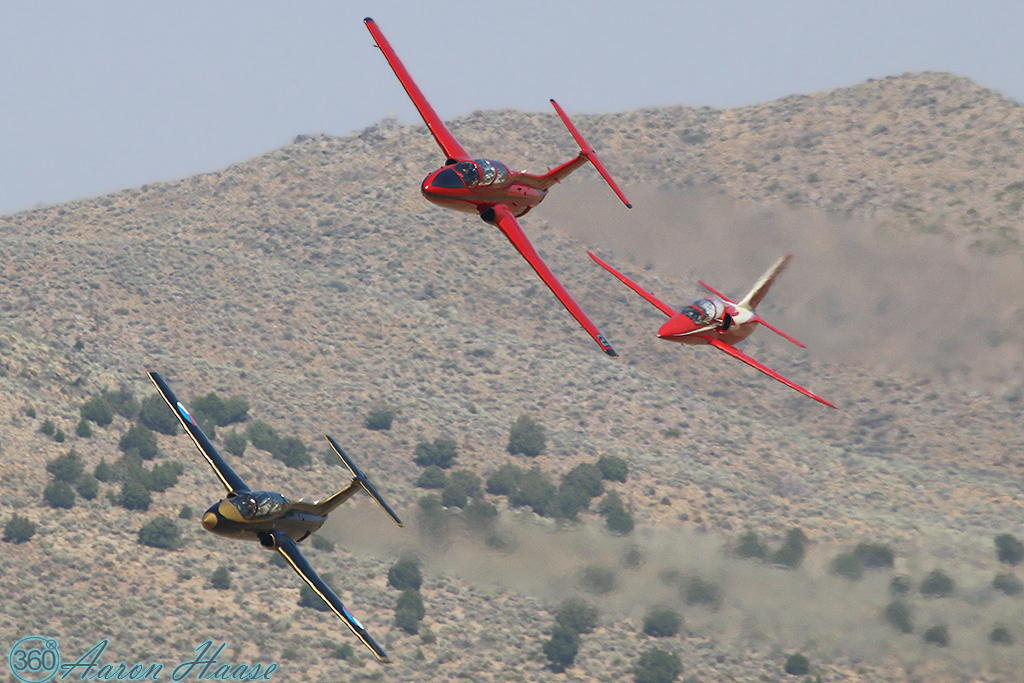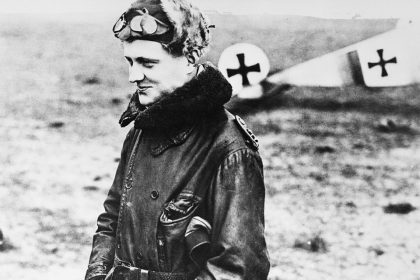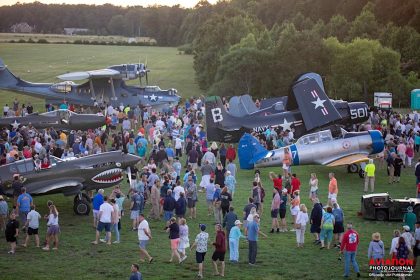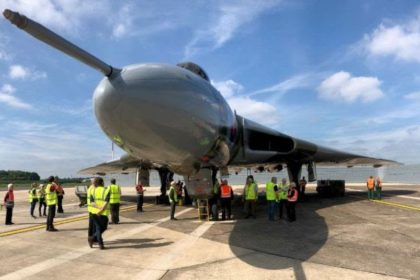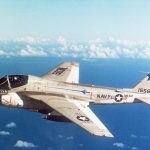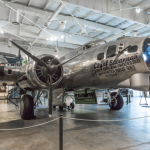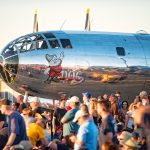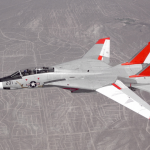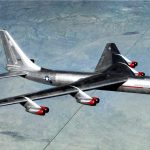Westland Lysander Mk.III (SD) R9215 has just re-emerged from the Michael Beetham Conservation Center at RAF Museum Cosford. The aircraft is a remarkable survivor, one of just a handful of British-built variants of the type still extant, and the only one which was actually configured for participating in clandestine operations for dropping agents and supplies into Axis-occupied territory during WWII. While the aircraft only served in a training unit with this setup, it’s still an important link to a fascinating part of our history (For a detailed look at the airframe’s history, please click HERE). The RAF Museum has released some nice images of the freshly-restored airframe, along with their press report, which you will see outlined below…
A Second World War Westland Lysander III (S.D.), the only surviving Special Duties variant of its type has been restored to its former glory at the Royal Air Force Museum Cosford.
The aircraft has undergone conservation work including a new fabric outer skin and complete repaint in the Museum’s Michael Beetham Conservation Centre. Formerly displayed at the Museum’s London site in No 225 Squadron markings, the Lysander is now painted in No 161 Squadron Special Ops colour scheme, reflecting its service towards the end of the war in non-operational special transport services.
Following Lysander’s arrival at Cosford in November 2016, the aircraft underwent an in-depth inspection and condition assessment followed by a few minor structural repairs. The airframe’s damaged fabric covering was replaced while a team of volunteers cleaned and lubricated mechanical systems back to a functional state.
The aircraft’s biggest transformation comes from the recovering of its airframe in a traditional Irish linen fabric, hand-sewn by the Museum’s Surface Finish Technician and then strengthened using original doping techniques.
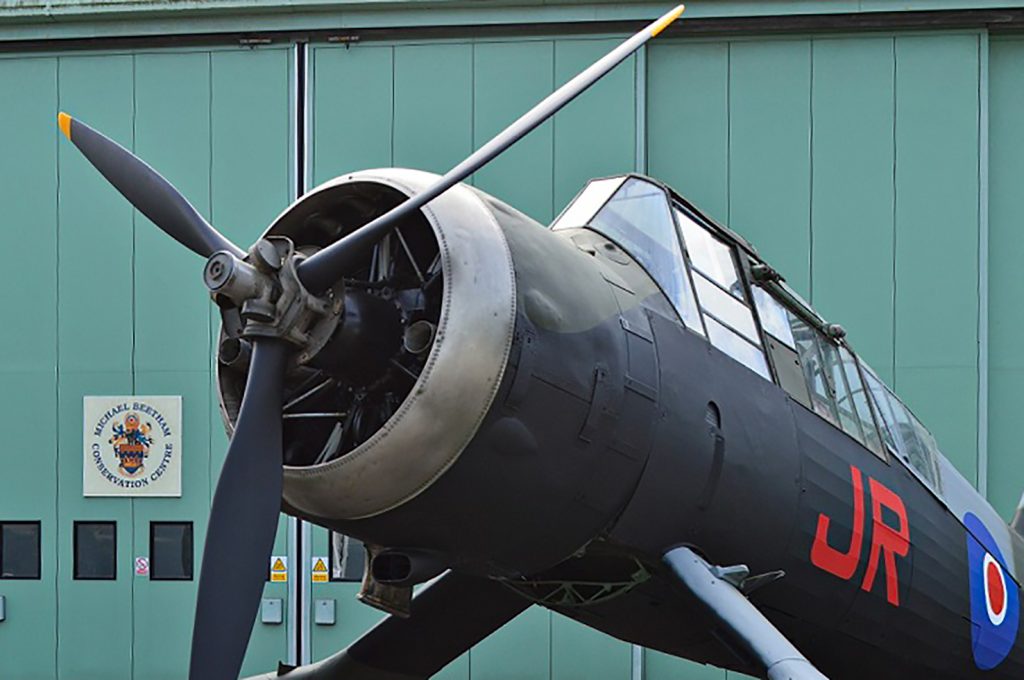
RAF Museum, Surface Finish Technician Clive Roberts said: “Thousands of stitches were made attaching the linen to the fuselage, wings and tailplane followed by six coats of doping, a UV microwave protection layer, primer and then finally painted in its 161 Squadron Special Ops colour scheme. It’s a slow process but essential to preserving the aircraft for as long as possible. We sought the help of a Lysander expert based in Switzerland, who provided us with original photographs and technical drawings to help with the paint scheme. One of the photos shows that during R9125’s service with 161 Squadron the cooling gills were incorrectly fitted so the camouflage no longer lined up. Since this has been documented we will change ours to match that.”
The Museum’s example, serial number R9125 first became operational with No 225 Squadron in 1940 as a coastal patrol and photo-reconnaissance aircraft, based along the south coast of England. It took on the Special Duties role with No 161 Squadron in 1944 and was operational for a further two years until it became obsolete from the RAF in 1946.
The Lysander was originally designed for Army Co-operation duties including artillery spotting and reconnaissance. However, its lasting fame is not in this role, but as a Special Duties aircraft ferrying Allied agents in and out of enemy-occupied Europe. Despite some notable successes, the Army Co-operation units suffered extremely high casualties – over 170 Lysanders were sent to France in 1939 and only 50 came back. Following their withdrawal from France, Lysanders patrolled the coastal areas of south and east England as an anti-invasion reconnaissance measure and later, began air-sea rescue duties in the Channel and the North Sea.
Visitors to the RAF Museum Cosford will get the first glimpse of the aircraft during the annual Conservation Centre Open Week in November before it’s transported in the new year to the Museum’s London site for public display.
RAF Museum Conservation Centre Manager, Darren Priday said; “It’s been a real privilege to work on such a beautiful aircraft. The reason she came to the Conservation Centre at RAF Museum Cosford was because the Irish Linen was deteriorating and needed to be replaced; this was not the original Second World War covering. Apart from this work our main aim was to conserve as much of the original aircraft as possible; the majority of the aircraft has had little work done to her apart from a clean and an application of a museum standard wax to help protect any bare metal areas. We have a few tasks still outstanding as we are looking at fitting a long-range fuel tank and a ladder as this would have been a standard fit in her Special Ops role. The fresh paint scheme has given her a new lease of life and she is going to look great when she goes back on public display. The aircraft will return to our London site in 2020 but anyone who would like to view the aircraft will have the chance at our Open Week in November.”
From 11-16 November visitors can get up close to the current conservation projects undertaken by the team of Technicians, Apprentices and Volunteers at Cosford during the annual Conservation Centre Open Week. In addition to the Lysander, visitors will also be able to view the continuing progress on the Handley Page Hampden, Vickers Wellington, Range Safety Launch, Messerschmitt Me 410, Dornier Do 17 and the LVG C.VI and speak with the teams who carry out this vital work.
The Conservation Centre will open from 10.15am to 1.00pm each day and admission is £5.00 per person (children under 16 are free and must be accompanied by an adult). The Museum’s display hangars will open from 10.00am until 4.00pm and entry to the Museum is free of charge. For further information visit rafmuseum.org/cosford.







